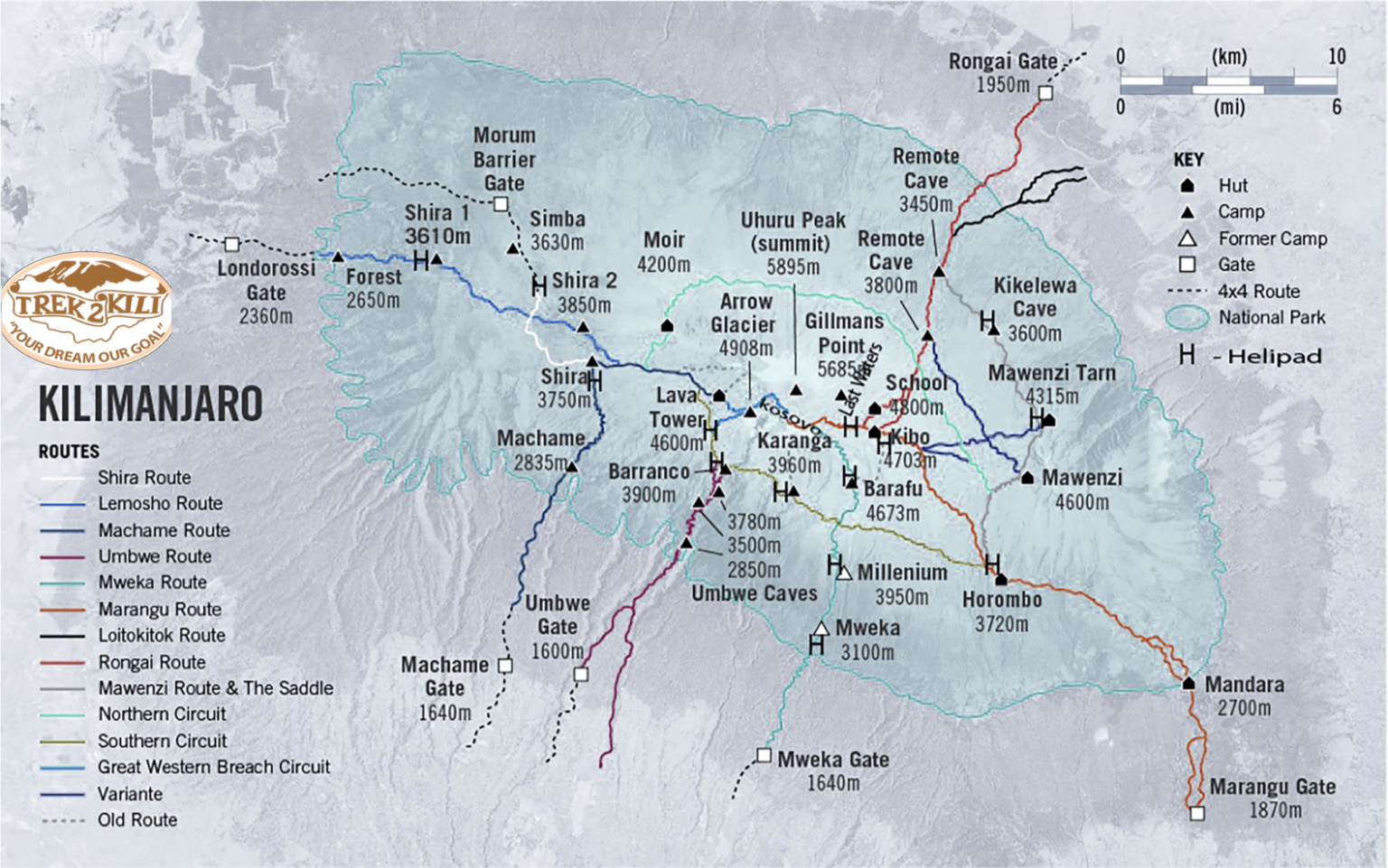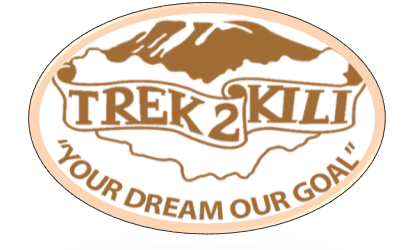Trek2Kili, Tanzania Kilimanjaro Treks & Safari Specialist
Rongai Route
- Enjoy an unforgettable mountain trekking adventure where every step reveals the beauty of nature.
Overview
Mount Kilimanjaro Rongai Route
There are six established routes to climb Mount Kilimanjaro – Marangu, Machame, Lemosho, Shira, Rongai and Umbwe. The Marangu, Machame, and Umbwe routes all approach from the south of the mountain. The Lemosho and Shira routes approach from the west. The Rongai route approaches from the north. All routes except Marangu and Rongai descend via Mwerka.
Rongai Route on Mount Kilimanjaro
Climbing Mount Kilimanjaro via The Rongai Route
Less crowded because of its remote location the route offers trekkers a unique wilderness experience where it is possible to see large wildlife like antelope, elephant and buffalo. As there is typically less moisture on this side of the mountain you are less likely to encounter rain and have more unclouded views of the peak. While it is flatter, it does not give the climb high sleep low option and therefore recommended to select more days for acclimatization.
The Rongai route is one of the easier routes up Kilimanjaro. Rongai is the only route to approach Kilimanjaro from the north and the descent is via the Marangu Route.Summit night from Kibo Hut is steep and follows the same path taken by the Marangu route which passes Gilman’s Point to Uhuru Peak.
There are several variations; the one described is a longer route taking in Mawenzi Tarn.
- Duration: 5 or 6 days
- Difficulty: Medium
- Scenery: Very good
- Traffic: Low
“ZONES OF KILIMANJARO”
Cultivated Zone (800m – 1860m)
This is the lowest Zone, where Tanzanians have settled and survive on agriculture of such crops like coffee, banana, corn, sunflower, and more.
Tropical Rainforest (1860m – 3000m)
The second Zone is a dense natural forest, providing habitat for wildlife and endemic plants and flowers.
Moorland / Heather (3000m – 4000m)
This Zone, the third of five, the trees become smaller and sparse, providing sightings of unique flowers and excellent views. This is where climbers begin the feel the effects of altitude.
Alpine Desert (4000m – 4600m)
Here there is hardly any precipitation, and weather extremes vary throughout the day and night. There are only a few varieties of grass and flowers that can survive here.
Summit / Arctic Zone (4600m – 5895m)
The landscape turns into rock and loose gravel. The glaciers of Kilimanjaro are in this Zone, and no life is sustained.






